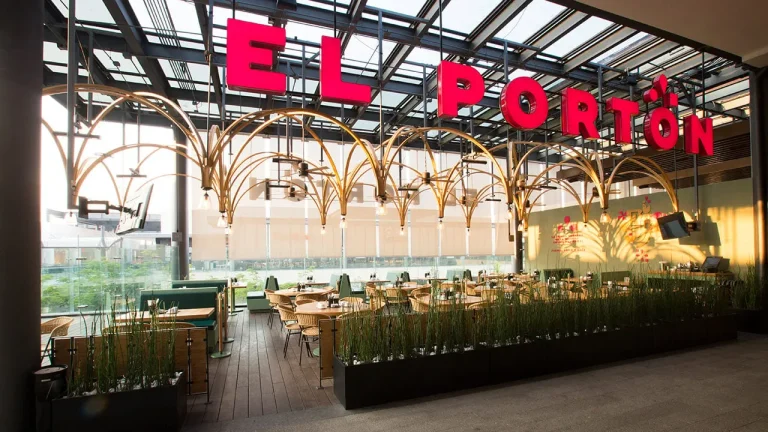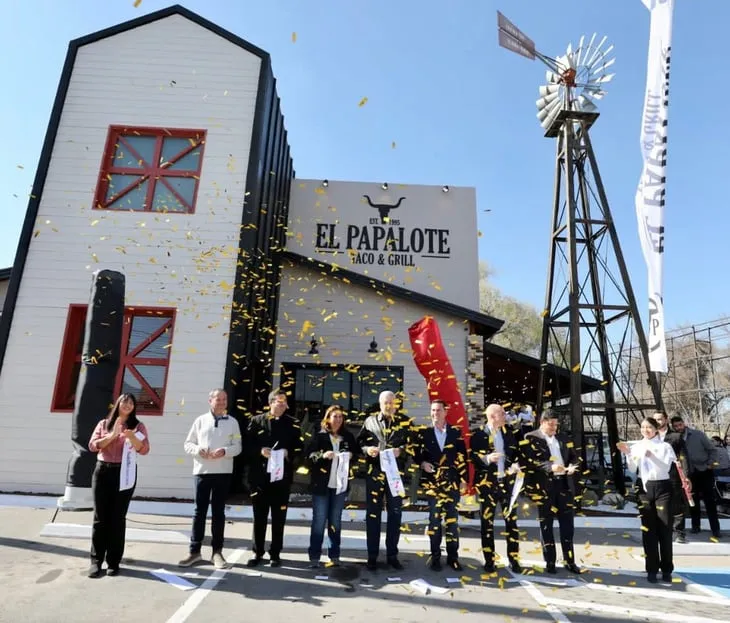Customizing Cantina-Style Bar Stools with Vibrant Traditional Mexican Tile Inlays
Cantina-style bar stools carry the spirit of old Mexican taverns. Their sturdy frames, textured finishes, and rustic charm invite guests to relax and stay awhile. When these stools feature traditional Mexican tile inlays, they transform into striking focal points that capture attention and tell a visual story.
Tile has long been a hallmark of Mexican architecture, adding bursts of color, intricate patterns, and cultural symbolism to interiors. On bar stools, these designs offer more than decoration. They blend craftsmanship with heritage, creating a piece of furniture that speaks to the character of the space.
Custom furniture is growing in demand. The global custom restaurant furniture market is projected to rise by about 9 percent each year in the coming decade, while hospitality furniture is expected to nearly double in value. Investing in high-quality, handcrafted seating not only elevates design but also delivers long-term value for any business.
The Heart and Soul of Mexican Tile Design
Mexican tile inlays have roots in a tradition rich with artistry. Talavera tiles from Puebla combine traditional techniques with Spanish colonial influences. Their patterns range from delicate florals and birds to bold geometric shapes, often telling stories that have been passed down for generations.
Each region brings its style. Puebla is known for deep cobalt blues, Guanajuato for vivid reds, and Oaxaca for floral patterns inspired by local landscapes. Authentic, hand-painted Talavera tiles can take months to complete and often cost three times more than machine-made tiles, yet their character is unmatched.
Vibrant shades like turquoise, sunflower yellow, and deep green instantly brighten a space. Certified workshops in Mexico continue to protect this craft, ensuring every piece retains its heritage and charm.
Finding the Right Base for a Lasting Impression
The stool’s frame provides the foundation for both design and comfort. Popular choices include reclaimed wood, wrought iron, and hardwoods such as oak or teak. Solid wood remains a leading choice for premium seating, making up nearly 40 percent of global furniture materials in 2024.
Choosing the right height is important. Counter stools are typically 24 inches tall, bar stools range from 26 to 28 inches, and pub-height stools stand between 30 and 32 inches. For busy hospitality spaces, strong joinery and reinforced footrests help stools hold up under heavy use.
Some designs naturally lend themselves to tile inlays. Frames with recessed panels or wide seats allow room for decorative work. Swivel mechanisms and adjustable footrests enhance comfort, encouraging guests to linger longer.
Choosing the Perfect Mexican Tile for Your Inlays
Selecting tiles is where creativity comes into play. For seat fronts, single statement tiles measuring three to four inches work well, while larger mosaics from twelve to sixteen inches can create a more detailed effect.
Color choice sets the tone. Tiles may blend seamlessly with the stool’s wood stain or stand out in bold contrast. Durability is key, so glazed, frost-resistant ceramic tiles are ideal for daily use. Hand-painted tiles bring personality, while machine-made ones offer consistency and lower costs.
Combining Talavera patterns with simple geometric accents can add depth without overwhelming the design. Mexico’s ceramic tile market continues to grow at 5 to 7 percent annually, ensuring a steady supply of quality materials.
Arranging the Inlay for the Best Visual Effect
The arrangement of tiles determines how the finished stool will look. A single centerpiece tile can serve as a focal point, while repeating mosaic patterns add texture and rhythm. Framing the design with contrasting wood trim can make it stand out even more.
Symmetry creates a balanced, orderly look, while intentional asymmetry can bring a lively, artistic feel. Layering border tiles around a central medallion adds richness and detail.
Before installation, it’s smart to mock up the pattern to see how colors and shapes interact. Studies show that well-coordinated décor can increase guest stay time by as much as 12 percent, proving the influence of design choices.
The Art of Installing Tile Inlays
Successful installation requires precision. The stool surface must be level, smooth, and sealed before adhesive is applied. A recessed area matching the tile’s thickness ensures a flush fit.
Strong adhesives such as polyurethane construction glue or epoxy create a lasting hold. Grout selection depends on spacing, with sanded or unsanded options available, and pigments can be added for a custom look.
Both tiles and grout should be sealed to protect against wear. In high-traffic settings, unsealed tiles can wear three times faster, making sealing essential. Skilled craftsmen are best suited for installing inlays on curved or angled stool surfaces.
Adding the Final Touches
Finishing details can elevate the entire design. Wood stains in honey, walnut, or mahogany enhance the depth of color. Decorative touches such as hammered copper nails or wrought iron straps reinforce the rustic feel.
For extra comfort, upholstered seat pads or woven fabrics in serape-inspired patterns can tie into the tile’s palette. Lighting also plays a role, as focused illumination can highlight the glaze’s shine and reveal subtle crackle textures.
Protective finishes like marine varnish or oil-based polyurethane keep colors vivid. Branding or numbering on the stools can turn them into signature pieces for a venue.
Bringing Them Into Your Space
When integrated thoughtfully, tile-inlaid stools can set the tone for an entire venue. Pair them with matching tile-accented bars or tabletops for a cohesive design. Elements like terracotta floors, papel picado banners, and woven rugs can further enhance the atmosphere.
In themed spaces, these stools work well as centerpieces. Mixing inlaid stools with simpler designs prevents visual overload while keeping the theme strong. Consistent seating styles help guests remember their experience, making décor a key part of brand identity.
Some venues use branded tile stools as part of a signature seating concept, which can boost guest satisfaction. Practical and easy to maintain, these stools bring both artistry and functionality to the setting.
Transforming Spaces with Tile-Inlaid Cantina Seating
Customizing cantina-style stools with Mexican tile inlays is more than adding decoration. It’s about celebrating cultural heritage, showcasing craftsmanship, and creating an inviting atmosphere.
The hospitality furniture market is on a steady rise, making high-quality materials and skilled construction a wise investment. These stools offer both beauty and longevity, making them suitable for restaurants, bars, or even stylish home spaces.
Each stool becomes a conversation piece, connecting guests to the artistry of Mexico and the personality of the venue. When guests sit down, they’re not just using a seat, they’re experiencing tradition brought to life with vibrant color and careful design.







